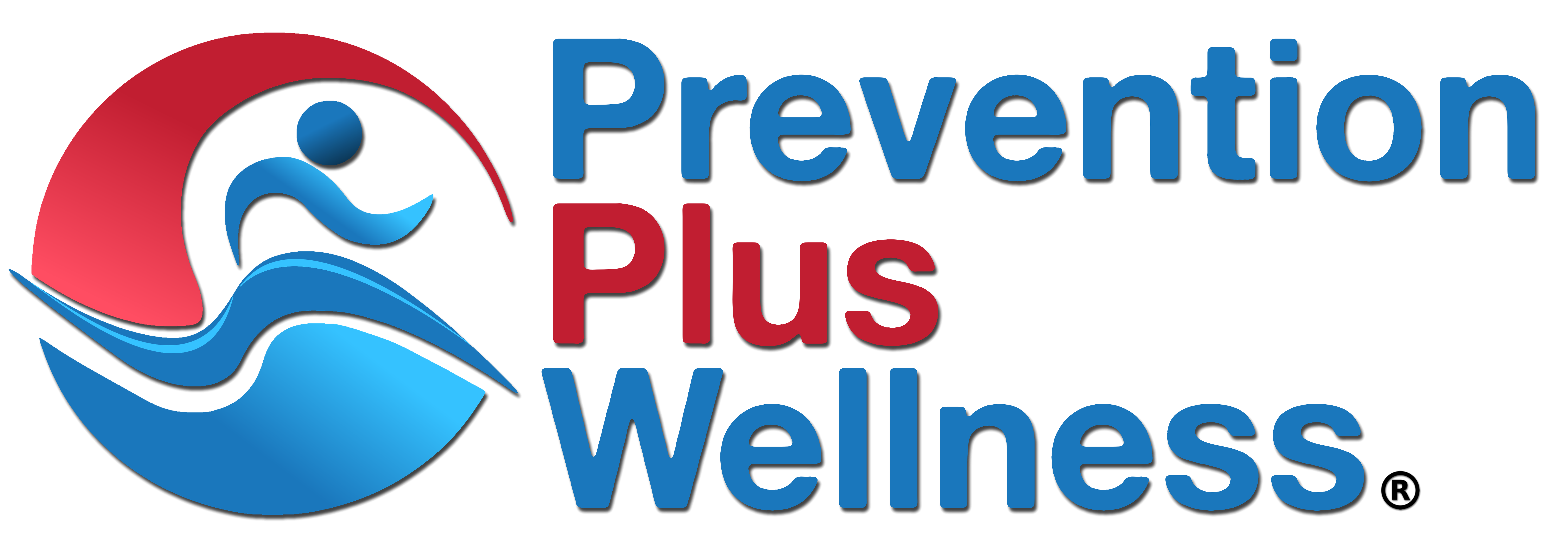Youth are at increasing risk for substance use and problems as they age from childhood into young adolescence, older adolescence, and eventually young adulthood.
At the same time, many if not most youth are risk for experiencing mental health problems and eventually chronic disease from physical inactivity, excess screen time, poor nutrition, lack of sleep and uncontrolled stress.
And since substance use and mental/chronic disease risk behaviors interact with and influence each other, it is essential to address them holistically rather than address one risk type while ignoring the other.
So, it’s critical that prevention and health specialists, teachers, coaches, and parents provide youth and young adults with programs, campaigns and communication designed to prevent substance use and promote healthy lifestyle behaviors.
2 Key Prevention and Wellness Strategies
There are 2 primary ways for providing prevention and wellness to youth and young adults.
The first is to implement individual programs, campaigns and communication aimed at preventing substance use and increasing single healthy habits. This is the costliest approach both in terms of time and funding.
This type of piecemeal approach will not typically inform youth about how substance use harms the achievement of healthy lifestyles and identities and how positive behaviors can help protect against risky substance use and mental health problems.
In addition, a piecemeal approach will likely be the least holistic since time and funding realities and limitations will not permit implementing the range of strategies needed to prevent all substance use risks and increase all healthy behaviors youth need.
A second approach is to use an evidence-based positive youth development (PYD) strategy which is more holistic and integrates prevention with wellness: https://www.cdc.gov/healthyyouth/safe-supportive-environments/positive-youth-development.htm#:~:text=Positive%20youth%20development%20(PYD)%20programs,individuals%20and%20their%20surrounding%20context.
Positive youth development strategies that work on a system-level basis aimed at peer, family, and social networks to support youth development will typically integrate substance use prevention with healthy behavior promotion, but they can also be expensive and time consuming.
Another option is to use single PYD programs that integrate prevention and wellness.
The evidence-based SPORT Prevention Plus Wellness program for youth and the InShape Prevention Plus Wellness program for young adults are PYD interventions that integrate substance use prevention with the promotion of physical activity, healthy nutrition, sleep and stress control.
As such, they are perhaps the most cost-effective strategies for enhancing youth development and improving mental and physical wellbeing.
Prevention Plus Wellness (PPW) programs promote wellness-based identities of young people by targeting positive future and peer images and using multiple behavior goal setting to increase self-regulation skills and self-efficacy which are cornerstones of the PYD approach: https://preventionpluswellness.com.
Conclusion
Youth and young adults need holistic programs, campaigns and communication that address common substance use, mental health, and chronic disease risk behaviors.
A positive youth development approach provides a practical framework for addressing the prevention of substance use and the promotion of healthy habits.
Since Prevention Plus Wellness programs integrate prevention with wellness within single, brief interventions, they are the most practical and cost-effective strategy for addressing multiple health risks common among youth and young adults.

